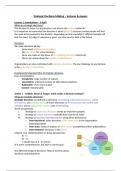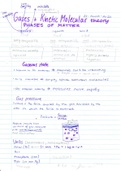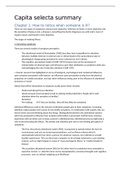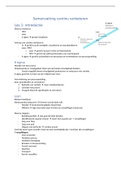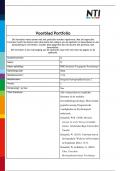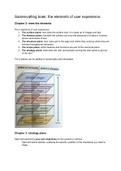Samenvatting
Summary Lectures and papers strategic decision making 2024
- Instelling
- Tilburg University (UVT)
This summary contains everything you need to know for the exam. It is a summary of the lectures and mandatory papers. Good luck with studying!
[Meer zien]
